Jennifer Downing, New Bedford Ocean Cluster
10/06/2025 | Offshore wind


Northeast region of U.S. leads offshore industry growth amid federal uncertainty
The Northeast has established itself as the leader in America’s offshore wind industry, delivering results and setting the standard for clean energy development. With the success of the Block Island Wind Farm—the nation’s first offshore wind installation—and commercial-scale projects like Vineyard Wind 1 (Massachusetts) and Revolution Wind (Connecticut/Rhode Island) actively under construction, the region is turning vision into reality. These efforts represent a critical shift from planning to large-scale production. States like Massachusetts, Rhode Island, and Connecticut are leading by example—investing in port infrastructure, cultivating a skilled local workforce, and drawing billions in public and private investment to support this growing industry.
In 2024, the three states collaborated on a first-ever tri-state offshore wind procurement to leverage regional purchasing power, reduce costs, and expand benefits for the region by developing projects at scale. Despite uncertainties at the federal level, the Northeast remains resolute. With multiple projects in development, turbines being installed, and ports fully engaged in staging and logistics, the region is laying the foundation for a long-term, sustainable offshore wind economy. More than just participating in the energy transition, the Northeast is powering it—delivering clean energy, revitalizing coastal communities, and positioning itself as a national leader in the future of renewable power.
Global Offshore Wind
Massachusetts
Massachusetts is a recognized leader in offshore wind. From establishing the Nation’s first statute requiring the competitive procurement of offshore wind, to constructing the country’s first purpose-built offshore wind marshalling terminal and commercial-scale project Vineyard Wind 1, the state continues to leverage its first-mover knowledge and experience to ensure offshore wind may be deployed at the scale needed to meet ambitious energy goals. Massachusetts has significant renewable energy needs; with a goal to achieve net zero by 2050 and current mandate to procure 5,600 MW of offshore wind, the state requires more than 23 GW of offshore wind to meet its goals. The Commonwealth’s recent economic development bill, MassLeads, solidifies its commitment to offshore wind to meet renewable energy goals, drive economic growth, and lead in climate innovation and technology.
The Massachusetts Clean Energy Center (MassCEC), an economic development agency that supports and advances clean energy, has awarded more than $650 million and attracted over $2.6 billion in private and federal capital, enabling an 80% growth of the clean energy workforce, and directly supported over 900 companies. MassCEC provides funding and technical assistance to build a qualified and diverse workforce and supply chain, invest in port infrastructure, and address research needs to advance ocean renewable energy innovation.
The state possesses a robust ecosystem that powers its burgeoning offshore wind pipeline. MassCEC owns and operates the New Bedford Marine Commerce Terminal, a 30-acre marshalling port and primary site for staging Vineyard Wind 1. MassCEC is also partnering with Crowley Offshore Wind Services and others to develop a second marshalling terminal in Salem to serve both fixed-bottom and floating offshore wind markets. You will also find a strong network of research and academic institutions specializing in ocean science across the state. The Port of New Bedford and surrounding region is an active hub within the state for the industry, with its impressive port infrastructure including the Foss, Shoreline, and North Terminals, specialized workforce training at the National Offshore Wind Institute and Massachusetts Maritime Academy, experienced maritime supply chain, and active industry support services like the New Bedford Ocean Cluster.
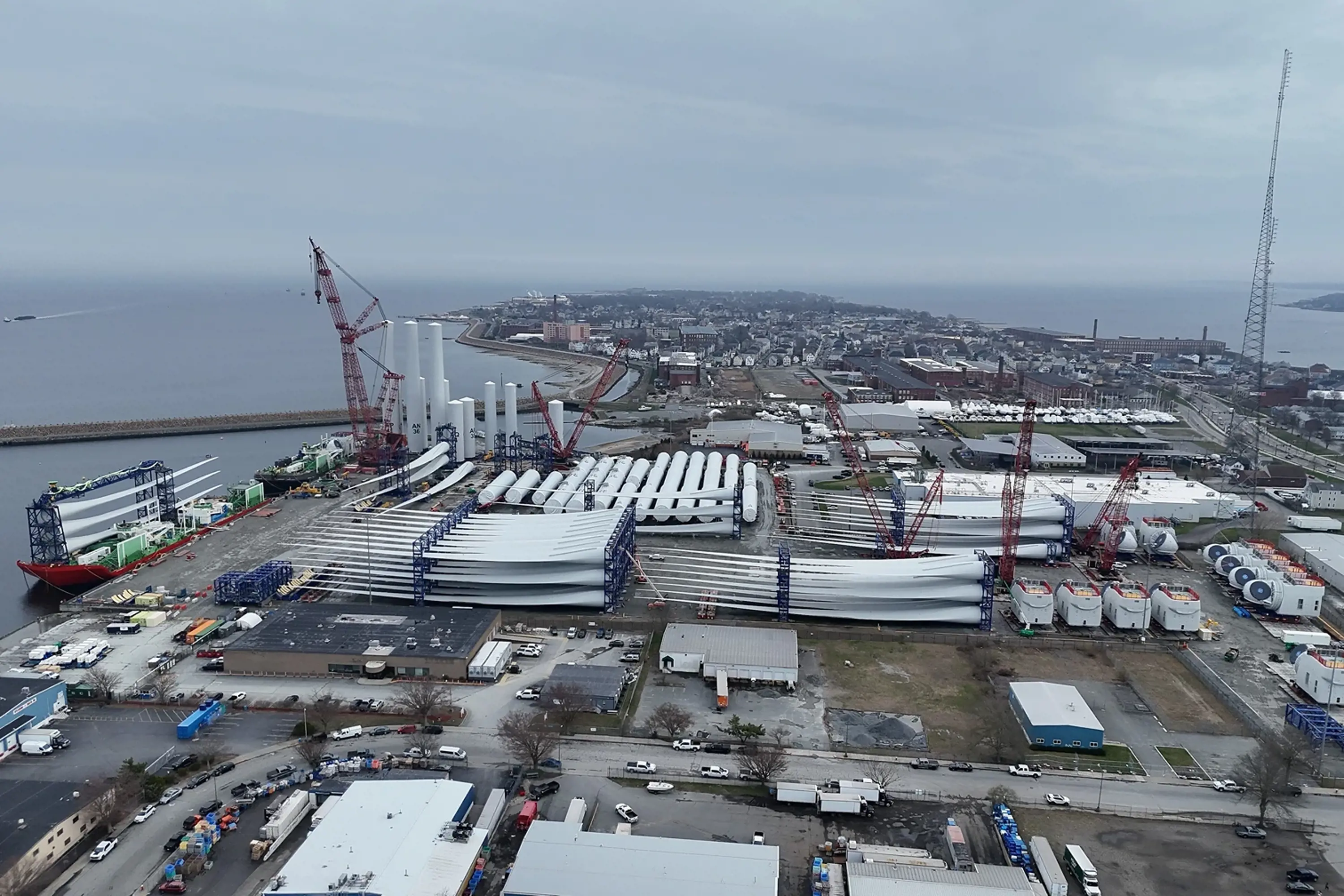
Vineyard Wind 1 Staging & Marshalling at the New Bedford Marine Commerce Terminal, Massachusetts. Photo credit: Fabricio Yumiguano, Foss Renewables
Rhode Island
Rhode Island has emerged as a dynamic leader in America’s ocean economy, drawing on its deep maritime industrial tradition, strategic geography, skilled labor force, and specialized port infrastructure. The state’s legacy in shipbuilding, naval innovation, and marine research has evolved into a modern platform for advancing ocean-based industries. Rhode Island's pioneering role in launching the United States’ first offshore wind farm—the 30MW Block Island Wind Farm—demonstrated how a coordinated, market-driven approach, supported by strong institutional knowledge and agile governance, can unlock new industries and attract global investment.
Since that milestone, Rhode Island has continued to lead, with the Port of Providence serving as a critical staging and logistics hub for every major U.S. offshore wind project to date. Complementing this is the Port of Davisville, located at the state-run Quonset Development Park, which has emerged as one of the top ten auto importers in North America and is increasingly investing in offshore wind logistics, manufacturing, and heavy-lift capabilities. These assets provide Rhode Island with deepwater access, multimodal infrastructure, and operational flexibility needed to support a diverse and growing ocean economy.
But Rhode Island’s leadership extends beyond offshore wind. Its central location in the U.S. Northeast and direct access to global shipping lanes make it an ideal base for advanced maritime sectors including undersea defense, ocean robotics, and marine environmental technologies. Institutions like the Naval Undersea Warfare Center in Newport and the University of Rhode Island’s Graduate School of Oceanography anchor a vibrant R&D ecosystem.
A key gateway for global firms is the CIC Providence, a purpose-built co-working and innovation hub serving as a soft-landing destination for a European supply chain entering the U.S. market. Situated in downtown Providence, it provides flexible space, tailored business services, and direct connectivity to Rhode Island’s ocean economy network.
With its combination of heritage, innovation, and market access, Rhode Island is not only powering the U.S. offshore energy transition—it’s serving as a model for how regional strengths can be leveraged to build the future of the global ocean economy.
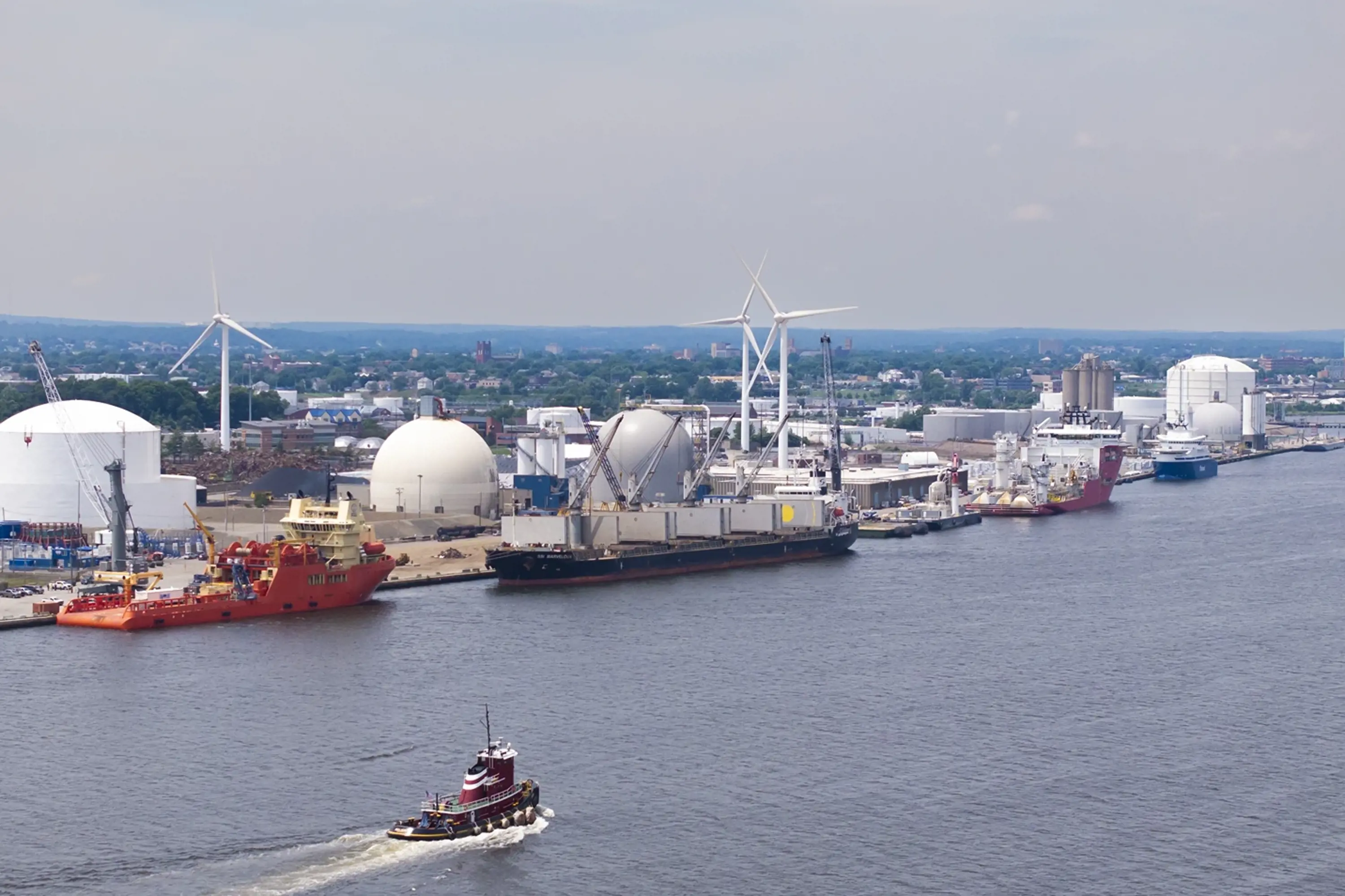
Port activity at the Port of Providence, Rhode Island
Connecticut
The Connecticut Offshore Wind Collaborative (CWC), established by Governor Lamont, serves as a key collaborator, connector, and convenor for the offshore wind industry. It drives the implementation of the State’s Offshore Wind Strategic Roadmap and fosters regional partnerships with neighboring states to develop workforce skills and supply chains
Connecticut hosts over fifty businesses actively engaged in offshore wind contracts, reflecting the state’s growing industry presence (Connecticut Offshore Wind Supply Chain Assessment: Opportunities and Collaborative Efforts in the Northeast, 2025). Notable companies like Thayer Mahan, Sea Services North America, Survival Systems USA, and MidOcean Wind are supporting multiple offshore wind projects across the Northeast, strengthening the regional supply chain.
Central to this growth is the State Pier Terminal in New London, a turbine marshaling facility with direct ocean access. In 2023, a $310 million upgrade, including $200 million from the state, transformed the terminal into a cutting-edge heavy lift facility. This site supports staging, assembly, and marshaling of 160 turbines for three offshore wind projects—South Fork Wind, Revolution Wind, and Sunrise Wind—and acts as the launchpad for these projects powering three states.
Connecticut has authorized over 2,000MW of offshore wind capacity, with an additional 3,745 to 5,710MW needed to meet the state’s 2040 zero-carbon goals (Integrated Resources Plan, CT DEEP, 2021). Notably, Connecticut is part of the U.S.’s first multi-state offshore wind initiative with the procurement of 304MW through the Revolution Wind project, highlighting its leadership in advancing clean energy and regional collaboration in offshore wind development.
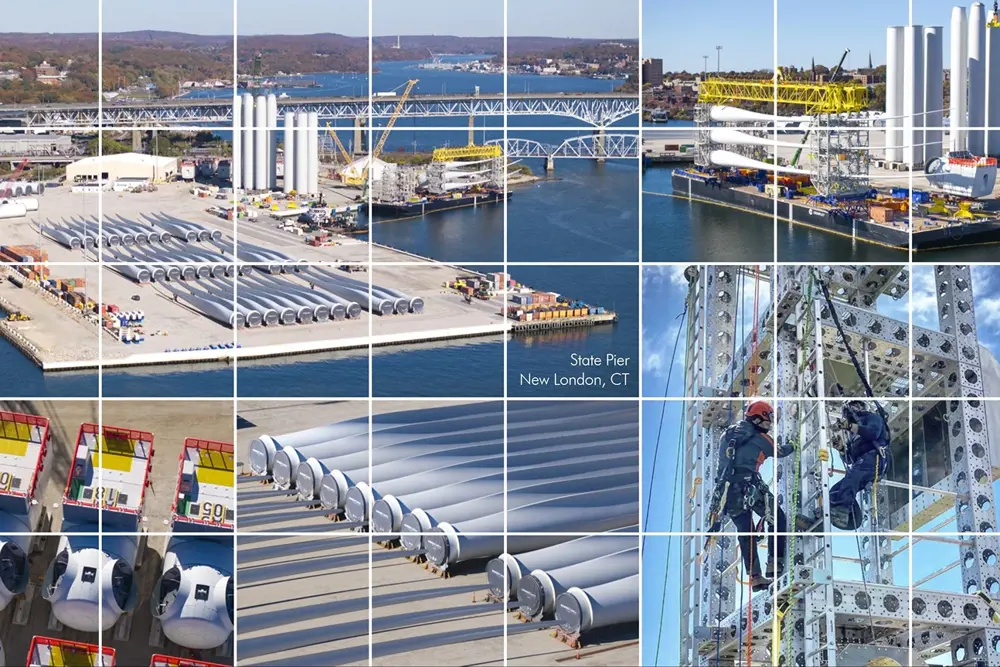
Staging assembling and marshalling turbines for three offshore wind projects at State Pier New London, Connecticut
Powering through
The northeast remains committed to leading U.S. offshore wind development, despite uncertainties at the federal level. The region’s innovative spirit and collaborative efforts are paving the way for a sustainable energy future, demonstrating resilience and determination.
Industry leaders from Massachusetts, Rhode Island, and Connecticut will be attending Global Offshore Wind 2025 as part of the Northeast Region of the U.S. Offshore Wind Delegation.
Don’t miss the opportunity to connect with delegates at the show and be sure to catch the delegation’s sponsored session, Powering Through: Offshore Wind Development in the Northeast Region of the U.S. on Wednesday, June 18 at 10:00 a.m. in the Energy Transition Zone to learn more, which will feature representatives from New Bedford Ocean Cluster, Massachusetts Clean Energy Center, Rhode Island Commerce Corporation, and the Connecticut Wind Collaborative.
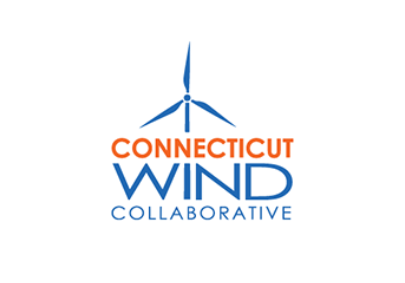
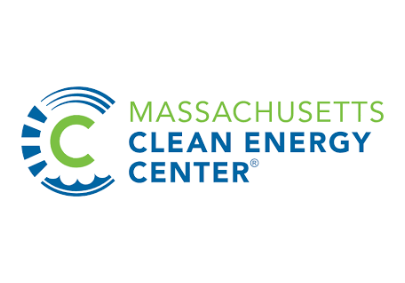

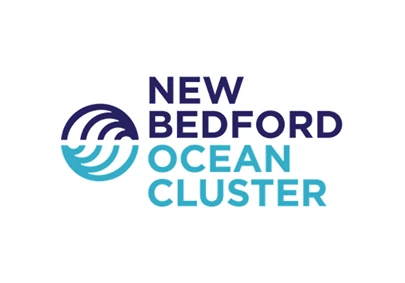
on behalf of the Northeast Region of the U.S. Offshore Wind Delegation



